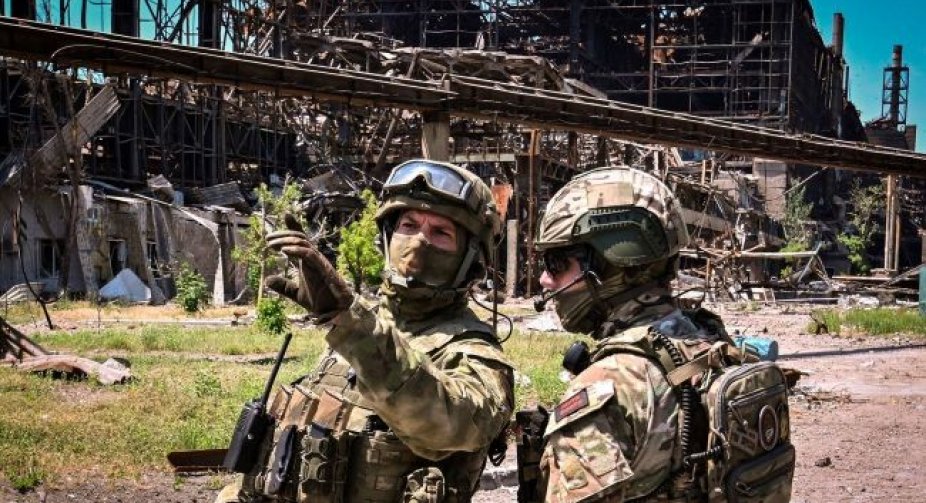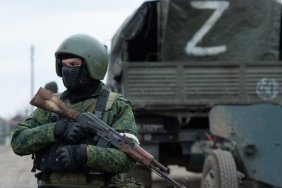The Institute for the Study of War identifies six main geographical units of the Russian forces and other forces under Russian control - the PKK and the LDPR. At the same time, it is stated that none of these units is unified in its composition.
This is reported by ISW.
The Kharkiv region's north-eastern circuit: the troops of the Western Military District are "very partial". There are not enough troops for a major offensive.
The Izyum-Slov'yansk line: mostly "volunteer" battalions (already knocked out after the start of the large-scale invasion), as well as units of the Western Military District. Since the "volunteer" battalions are poorly trained and mostly understaffed, this area is not a priority for the Russian command, ISW concludes.
The Siversk-Lisichansk area: units of the Central Military District, supplemented by units of self-proclaimed "republics". Colonel General Oleksandr Lapin, the commander of this unit, is named by ISW as the commander of the Central Military District troops. In this area, the "operational pause" announced by the Russian command ended, the troops resumed their attempts to attack.
Bakhmut: The Wagner PMC, as well as separate units of the Western Military District and the LNR. Wagner's fighters have taken part in most of the recent ground invasions in this area, in particular in the capture of Vuglegirske TES. The headquarters of Wagner is reportedly located in Popasna, 40 km to the north-east of Bakhmut, which was the site of the HIMARS attack in the week, as reported by the media on both sides.
Avdiivka-Donetsk: "DNR" units
South: there is a mixed grouping. The basis of the Russian troops in the Zaporizhzhya and Kherson regions initially consisted of units of the South and Kherson districts. But in anticipation of a Ukrainian counterattack, units of the Nordic Military District, airborne troops and the Russian Guard were transferred there. This heterogeneity itself may become an additional challenge for the Russian command.

